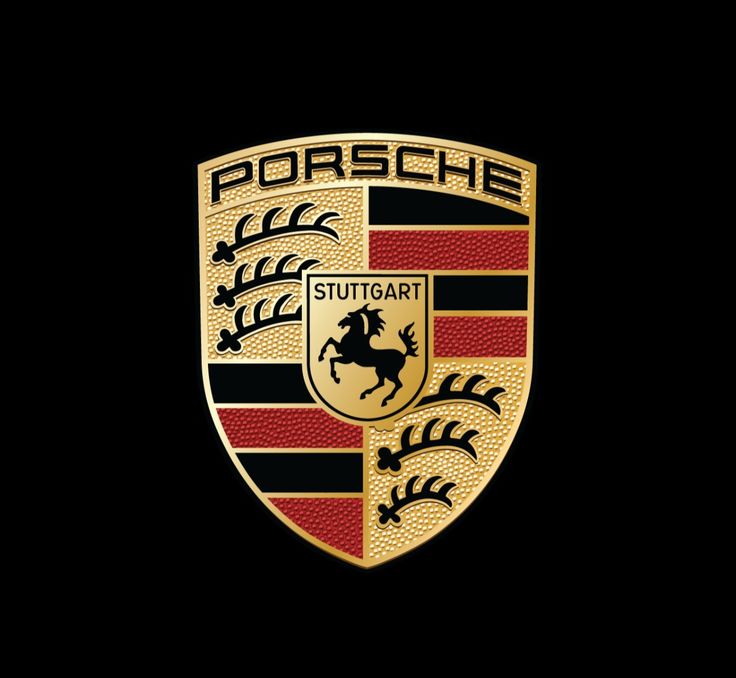From warplanes to zodiac signs—your favorite car logos have wild backstories.
We see them every day—on roads, in traffic, on T-shirts—but how much do you really know about the logos behind the world’s biggest car brands? Turns out, many of them have strange, dramatic, and even heroic origins. Let’s take a joyride through the wild history behind five famous automotive emblems.
Ferrari – A Horse, a Hero, and a Warplane

The iconic prancing horse on a yellow background isn’t just a stylish badge—it’s a tribute to a WWI flying ace.
Enzo Ferrari adopted the symbol after meeting the mother of Italian fighter pilot Francesco Baracca, who had painted a black horse on his plane for good luck. She told Ferrari, “Put my son’s horse on your cars—it will bring you fortune.” He did, and it became the most famous racing logo ever.
Peugeot – The Lion with the Blade Bite
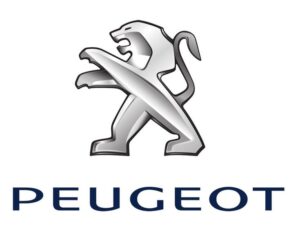
Peugeot’s lion isn’t just roaring for drama—it’s a symbol of steel toughness. Back in the 1800s, Peugeot made saw blades, not cars. The lion stood for:
-
Strength of the teeth,
-
Flexibility of the blade,
-
Speed of the cut.
When they shifted into cars, the lion came along for the ride—and never left.
Porsche – A Logo Born from Rivalry and Pride
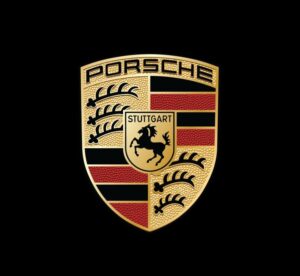
Porsche’s crest combines two emblems: the coat of arms of Stuttgart (the city where the company is based) and Württemberg, the state it’s in.
-
Stuttgart’s symbol? A black horse—because the city was built on a stud farm.
-
The antlers and red-black stripes? Those are from Württemberg.
Mix them together, and you get the luxury logo of German precision and pride.
Alfa Romeo – A Snake Eating a Man?!
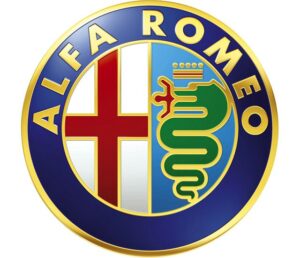
Alfa Romeo’s logo might be the most bizarre in the industry. It features:
-
A red cross (symbol of Milan),
-
And a serpent devouring a human (!), which comes from the Visconti family crest, one of Milan’s most powerful dynasties.
Legend has it, the man isn’t being eaten—he’s being reborn through the snake’s power. Still creepy? Absolutely.
Chrysler – Wings of a Different Kind
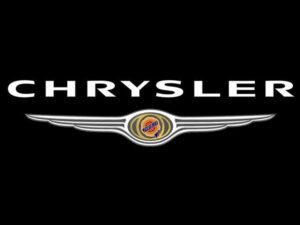
Chrysler’s iconic winged badge has gone through dozens of redesigns, but its original version in the 1920s had a wax seal and a ribbon, inspired by old-school craftsmanship and official certification stamps.
The wings were added later to symbolize freedom and speed—the American dream on four wheels.
What’s on Your Hood?
Car logos aren’t just marketing—they’re rolling pieces of history, pride, and sometimes pure weirdness. The next time you spot a badge, think twice: you might be looking at a war memorial, a medieval symbol, or a shout-out to a snake cult.
